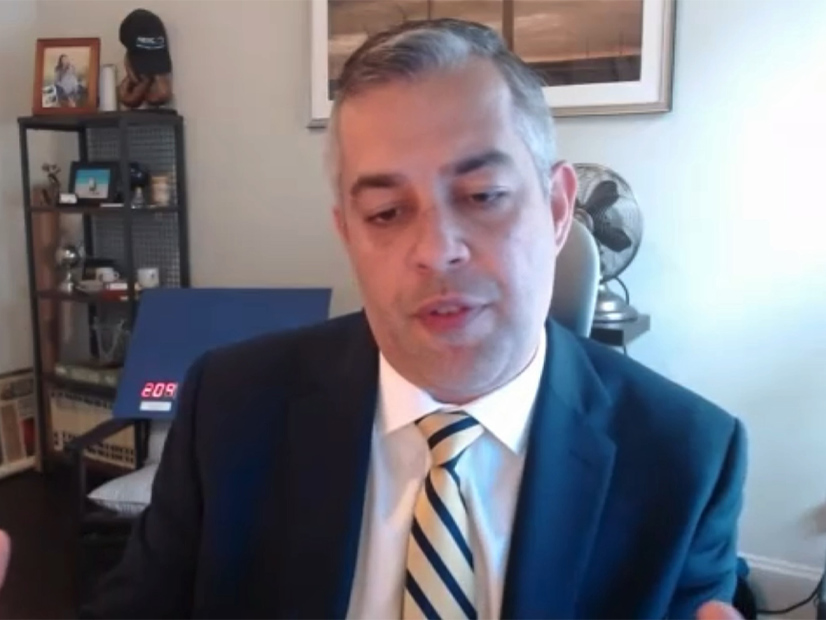Previewing NERC’s Summer Reliability Assessment at the ERO’s quarterly technical session May 8, Director of Reliability Assessment and Performance Analysis John Moura warned that the organization expects significant challenges to grid reliability during periods of extreme heat.
NERC publishes the assessment annually to identify potential regional reliability issues and topics of concern in the June-to-September time frame. According to the timeline Moura presented at the technical session, the report has been submitted to CEO Jim Robb for approval and will be sent to the Board of Trustees later this week. The organization plans to publish the assessment May 15.
Hot conditions are likely across the U.S. and Canada this summer, Moura said; the National Weather Service predicts a greater than 50% chance that New England and most of the Southwest will experience above-normal temperatures, and at least a 1-in-3 chance in the rest of the U.S. Canada also forecasts a high probability of above-normal temperatures across all provinces.
The report also noted the risk of drought across large areas of North America, with abnormally dry conditions predicted in the Northwest U.S. and eastern Canada, and moderate to extreme drought in the Southwest and western Canada. Drought conditions could lead to higher wildfire risk, along with reduced hydropower output.
Moura emphasized the ERO expects all regions to “have an adequate electricity supply for normal peak conditions,” just as it did when it issued last summer’s assessment. (See NERC Warns of Summer Reliability Risks Across North America.) This comes despite 12 of the 20 assessment areas projecting a higher peak demand than in past summers; Alberta and British Columbia lead the pack with predicted increases of 8.9% and 7.4%, respectively, while Quebec’s expected growth is the lowest at 0.3%.
Reserve margins in many areas also are expected to be higher than last year thanks to the addition of new resources and demand response. For example, the Western Interconnection is adding solar and battery capacity; Ontario authorities have rescheduled maintenance activities to make more nuclear generation available; SERC Central has added natural gas and solar generators; and multiple areas have lined up firm imports.
But while normal conditions are not a major concern, Moura said extreme scenarios are a different story. Long periods of widespread high temperatures raising demand across multiple regions could limit the ability of individual assessment areas to import power, because neighbors likely will have similar demands. The ERO also foresees difficulty for areas with high levels of wind, solar or hydropower to meet their needs when those resources run low.
Moura said the published assessment will provide several recommendations for industry, including that reliability coordinators, balancing authorities and transmission owners in areas with elevated risk review their operating plans and protocols for supply shortfalls. He also said NERC will ask owners of solar generation resources to implement the recommendations in the Level 2 alert for inverter-based resources the ERO issued last year.



